Gluteus Medius - Build a Better Booty
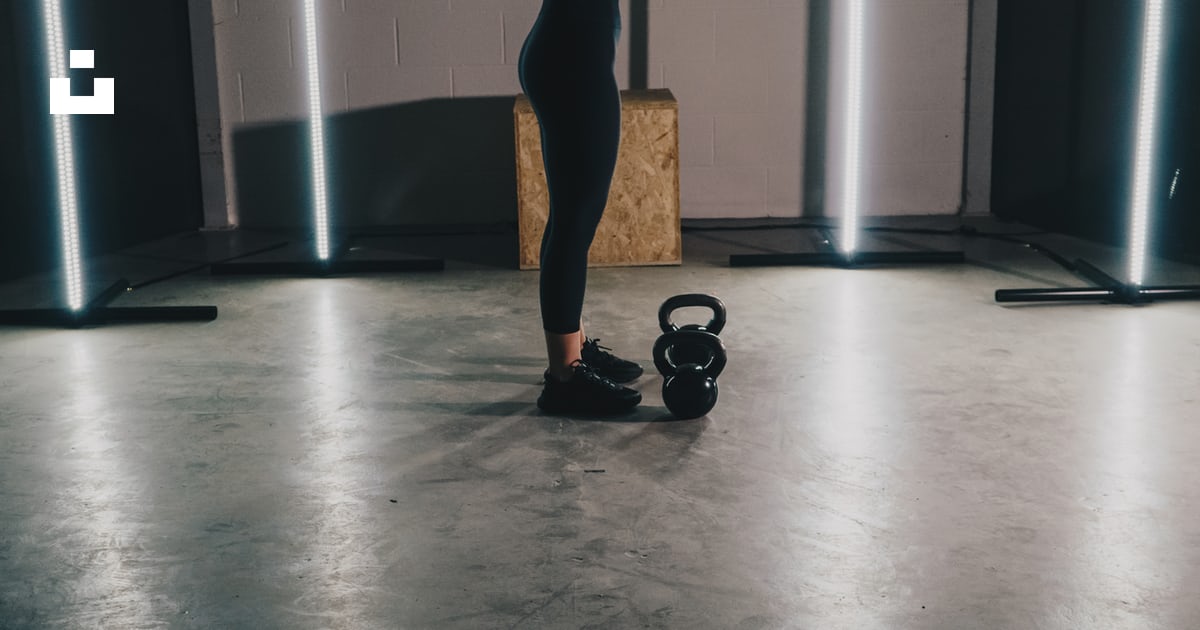

The gluteus maximus gets a lot of love from compound movements like squats and deadlifts
but the often-overlooked gluteus medius is just what your backside training has been missing. Find this muscle by placing your hands on your hips, above the back pockets of your pants, and lifting one leg to the side to engage the gluteus medius.
The gluteus medius is a large fan-shaped muscle that connects the hip to the back of the leg (ilium to proximal femur). It’s part of the gluteal muscle group and is responsible for stabilizing the pelvis as well as internally rotating and abducting the thigh. It’s vital for activities like walking and comes into play when doing single leg exercise and moving laterally.
One common compensation for weak or lengthened gluteus medius muscles is tight hip flexors which can make walking or running uncomfortable. Since the muscle plays a key role in pelvic stability, if the gluteus medius is weak or doesn't fire properly it can lead to issues with gait (walking) as well as lower back pain. Gluteus medius dysfunction can also move down the kinetic chain to affect the knees and ankles.
Dead Butt Syndrome
Dead Butt Syndrome, also known as “gluteal amnesia,” refers to a condition when the gluteus medius doesn’t activate when it needs to. A sedentary lifestyle, especially with prolonged sitting, can result in weak, lengthened gluteus medius muscles. This can create sciatica-like pain down the leg and cause numbness when sitting or pain while standing or walking. Taking periodic stretching breaks and moving around throughout the day can help offset pain and tightness.
How to Train the Glute Med
The best way to protect and preserve articular function is to move the joint through a full range of motion and strengthen the surrounding muscles.
Side lying hip abduction has been shown to successfully activate the glute med during rehabilitation studies. Other recommendations include lateral walks with a mini resistance band around the ankles, side lying clamshells, and hip abduction machines.
Studies suggest that single-leg squats and single-leg deadlifts may activate the gluteus maximus more than the gluteus medius but they still have a place on your lower body training program. Unilateral (single leg) exercises are one of the most effective ways to correct muscle imbalances.
Focusing on one side at a time can help isolate and strengthen the gluteus medius and give feedback on which side may need more corrective work. For example, standing hip abductions force gluteus medius on both the working and the supporting leg to activate.
Posterior Chain Training
Posterior chain training is vital to overall health and can be especially important when training the gluteus medius. In addition to single leg work, exercises like deadlifts, kettlebell swings, and glute bridges should be part of a gluteus medius training plan. Adding a mini resistance band around the thighs can make the glute med work harder on these bilateral exercises. Maintaining tension in the band throughout the exercise trains abduction and engages the gluteus medius.
As with all exercises, proper positioning is key to muscle activation. When targeting the glute med, it’s especially important to engage the core by pulling the belly button into the lower spine and to make sure the hips are level. One simple way to do this is to visually check hip level with a mirror or to place your hands on your hips.






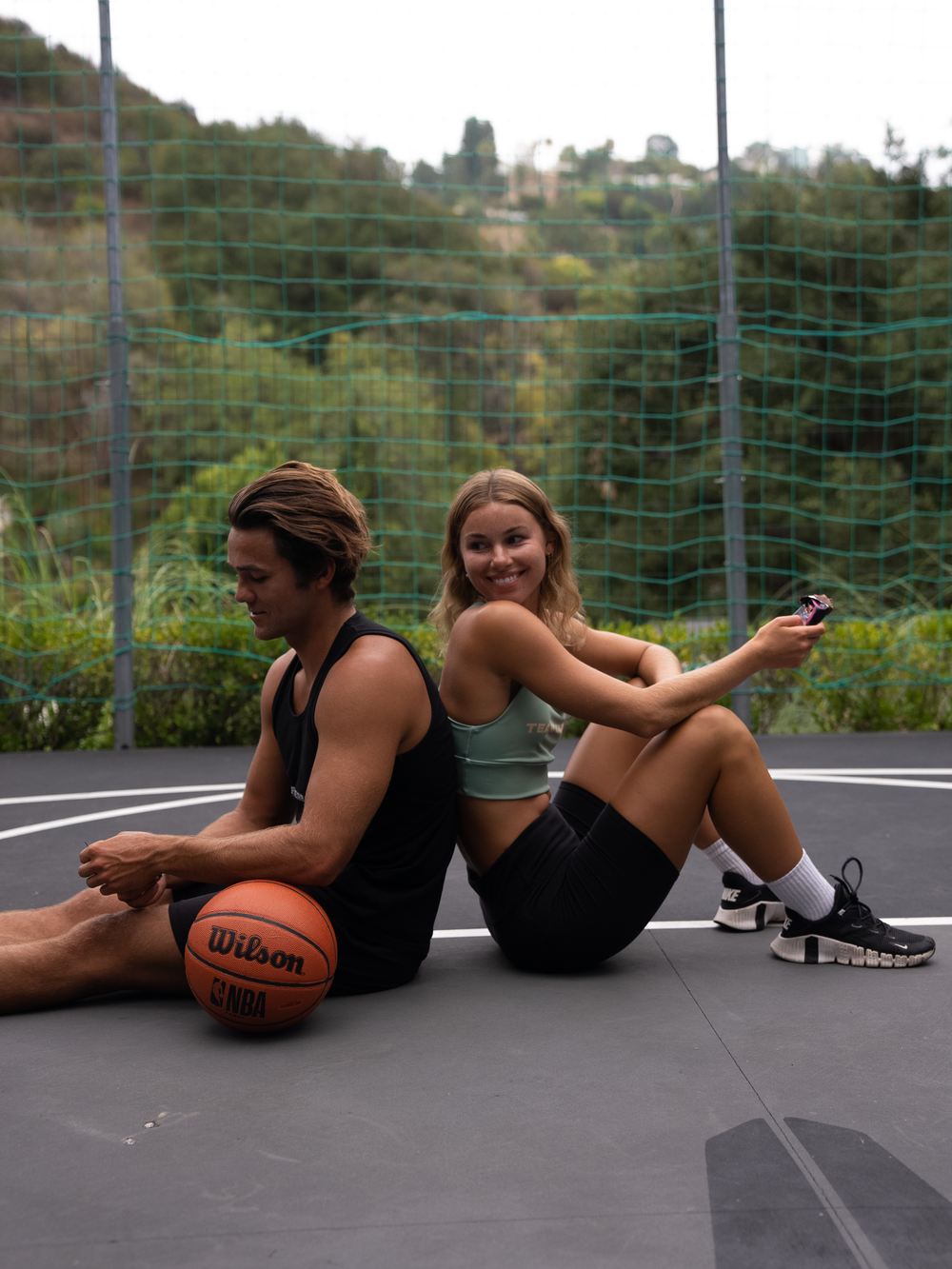

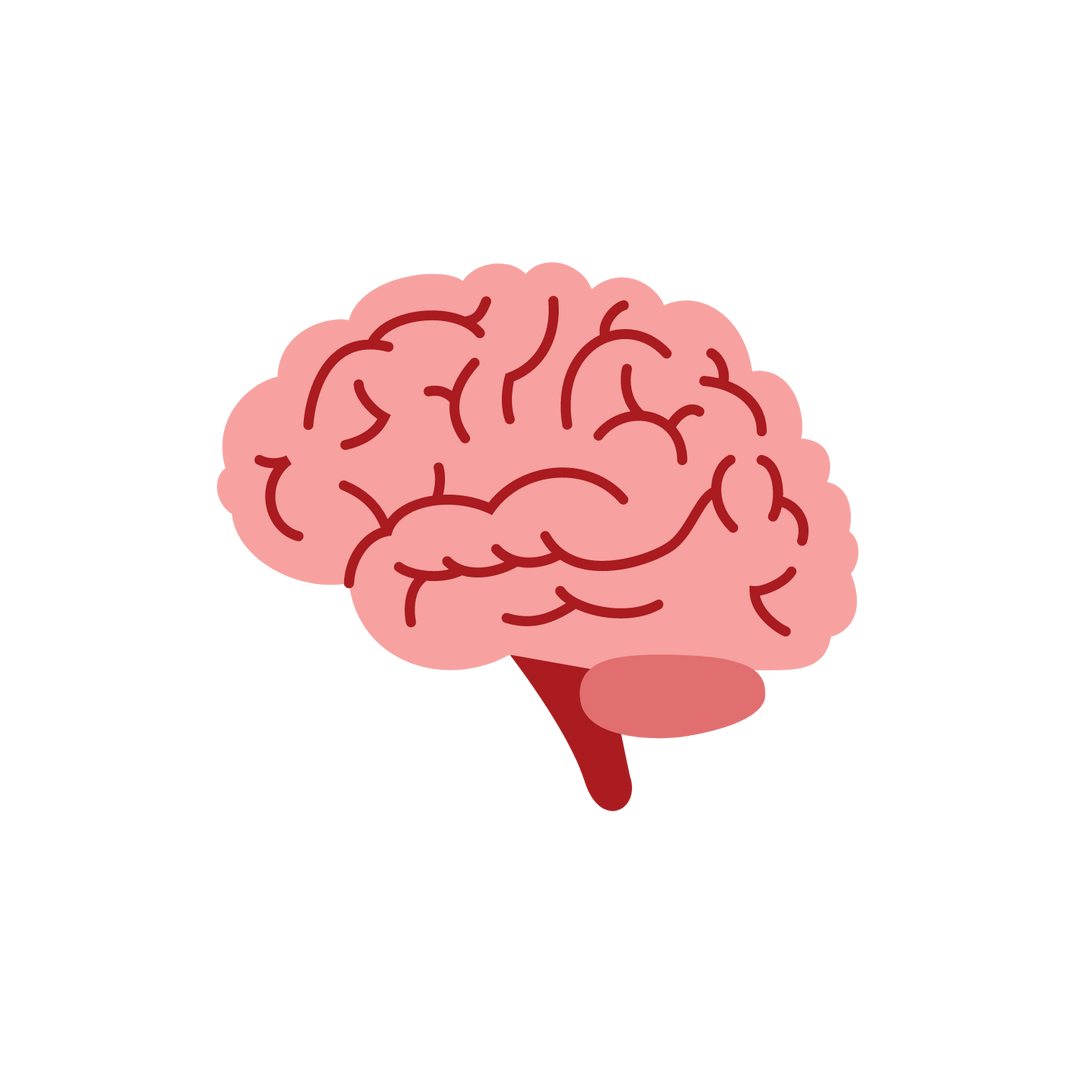


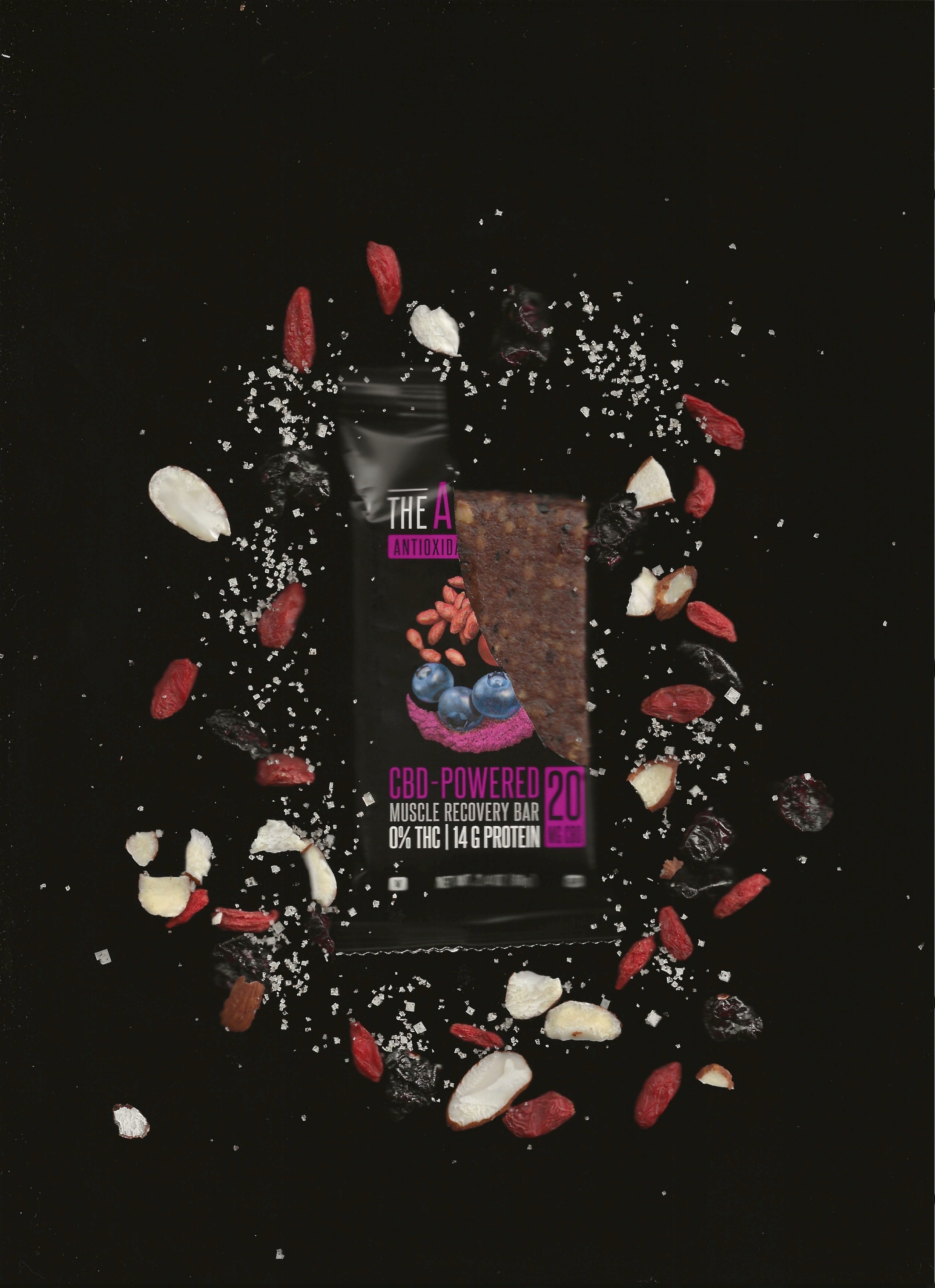
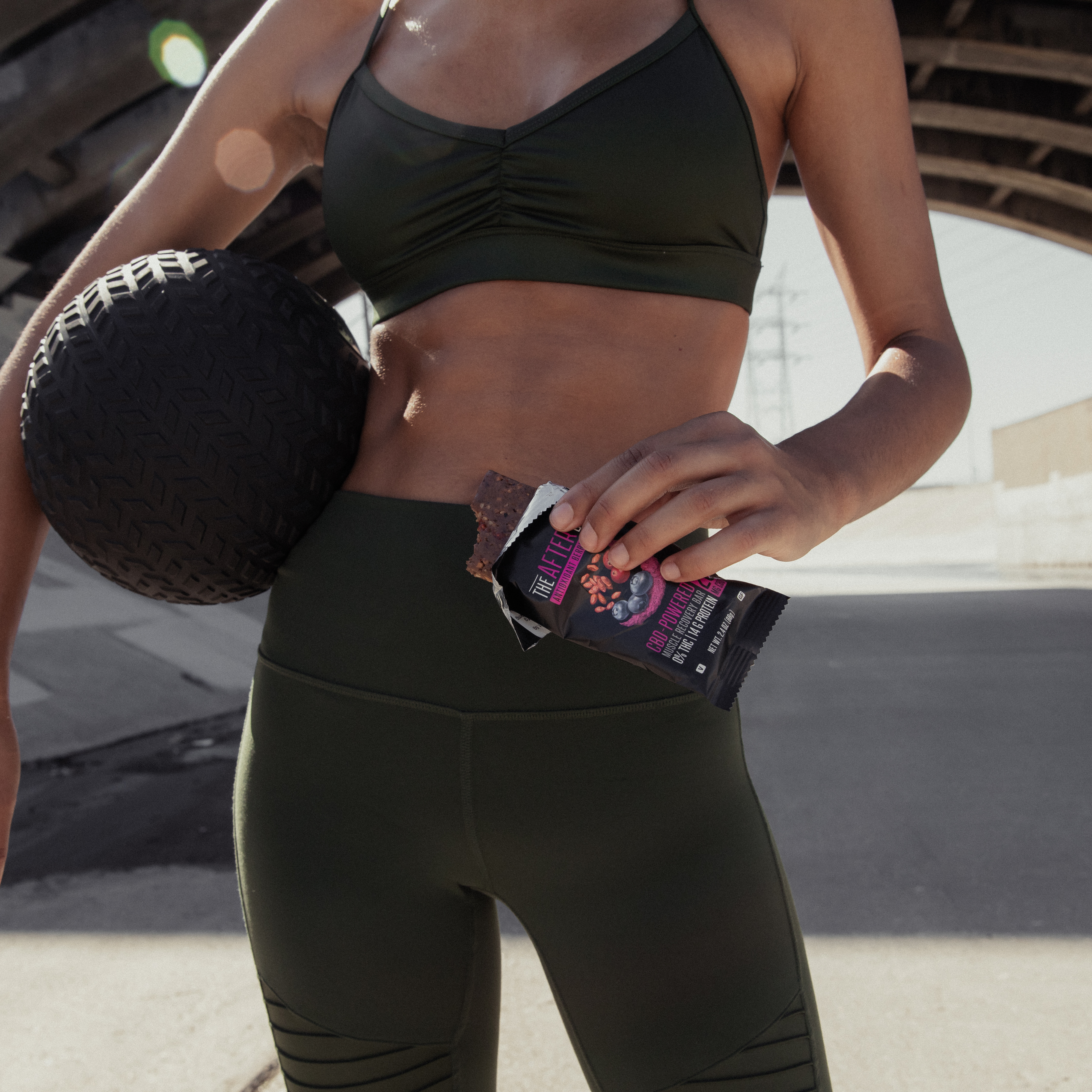

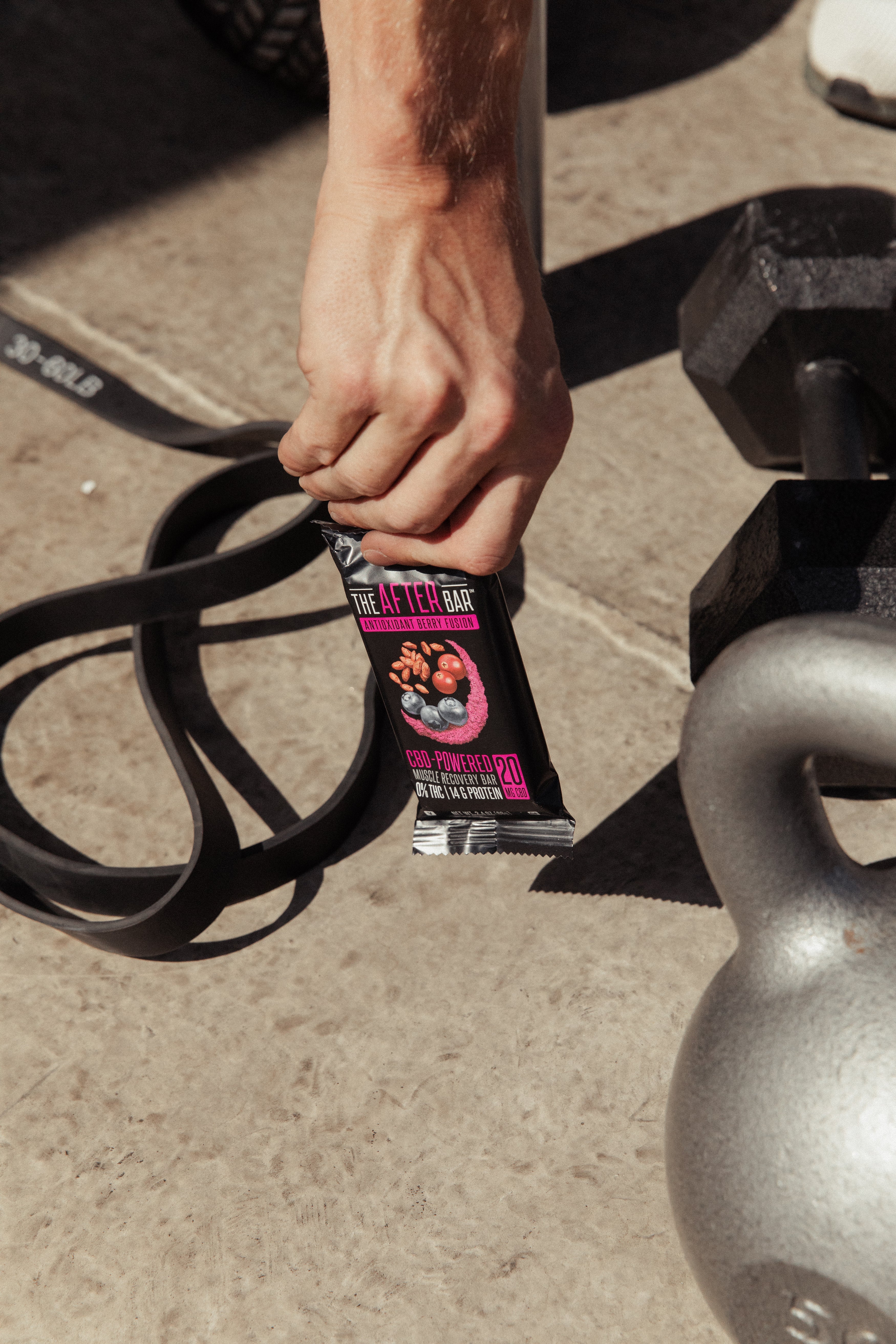

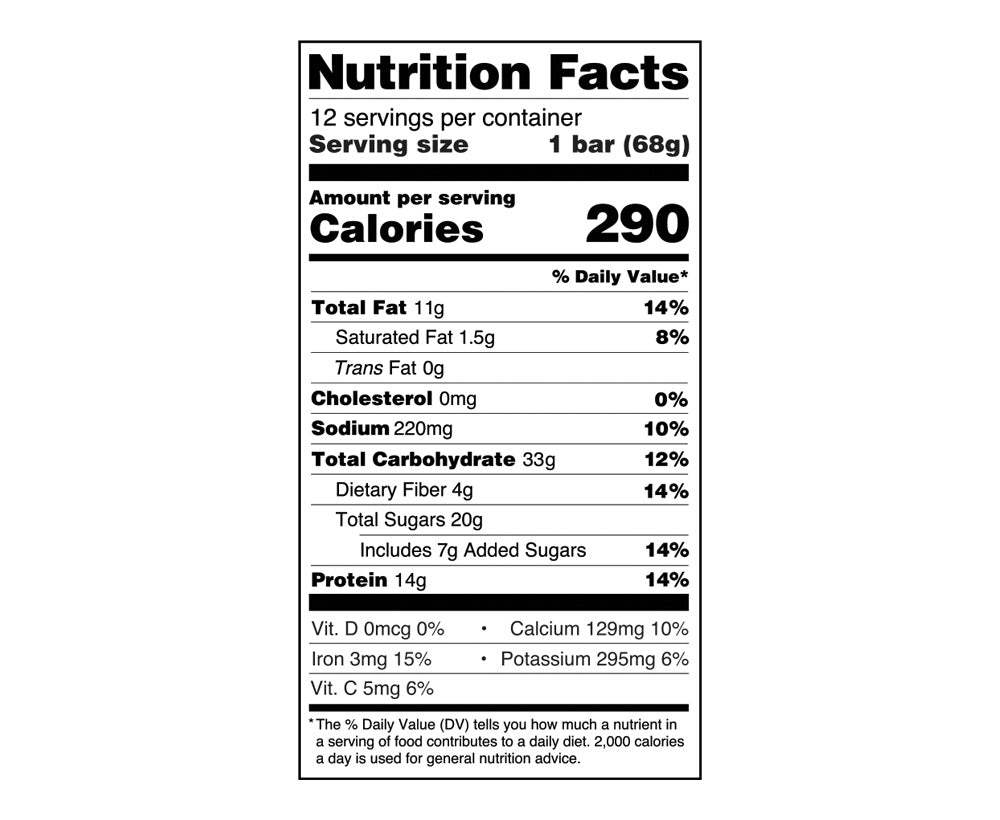


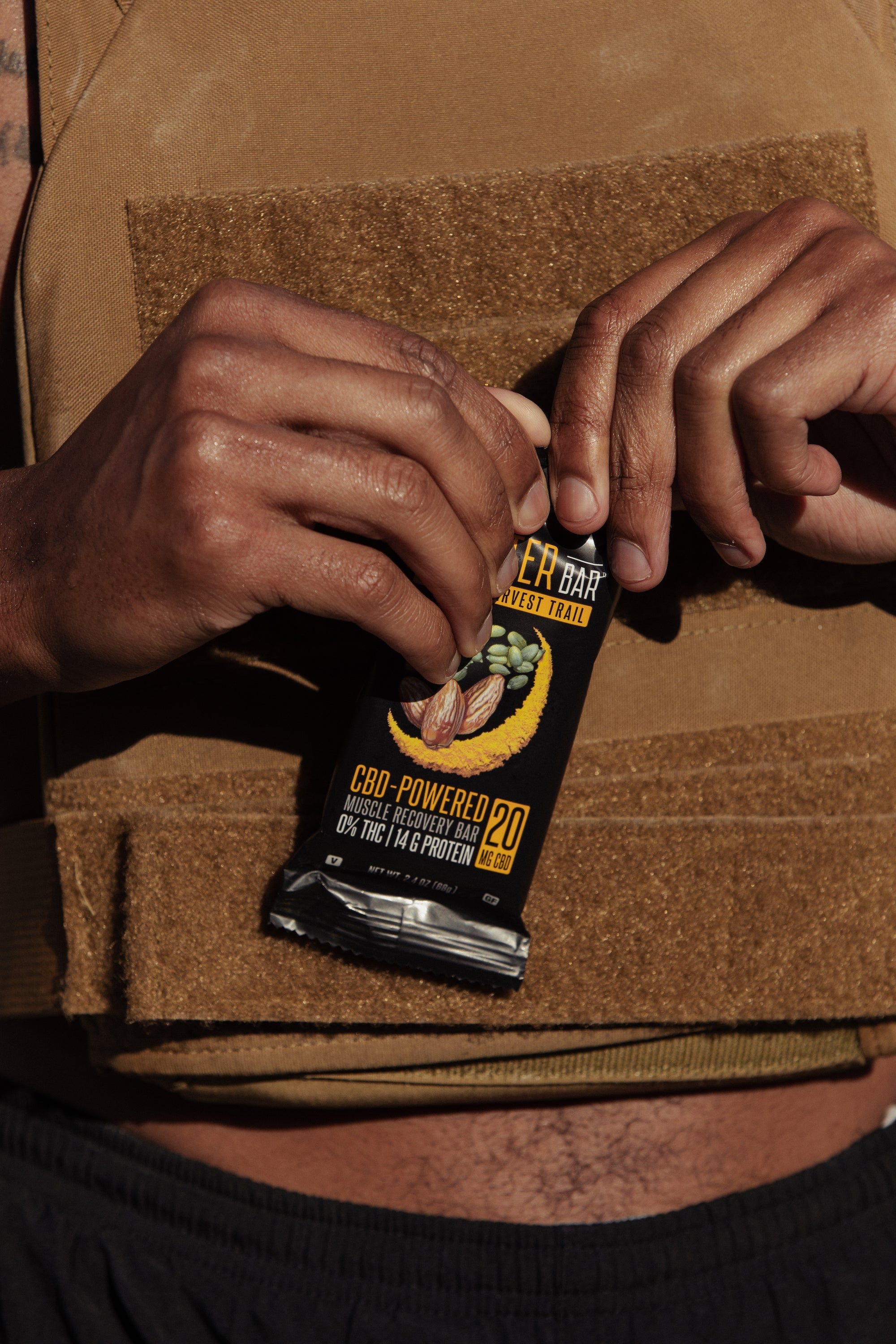

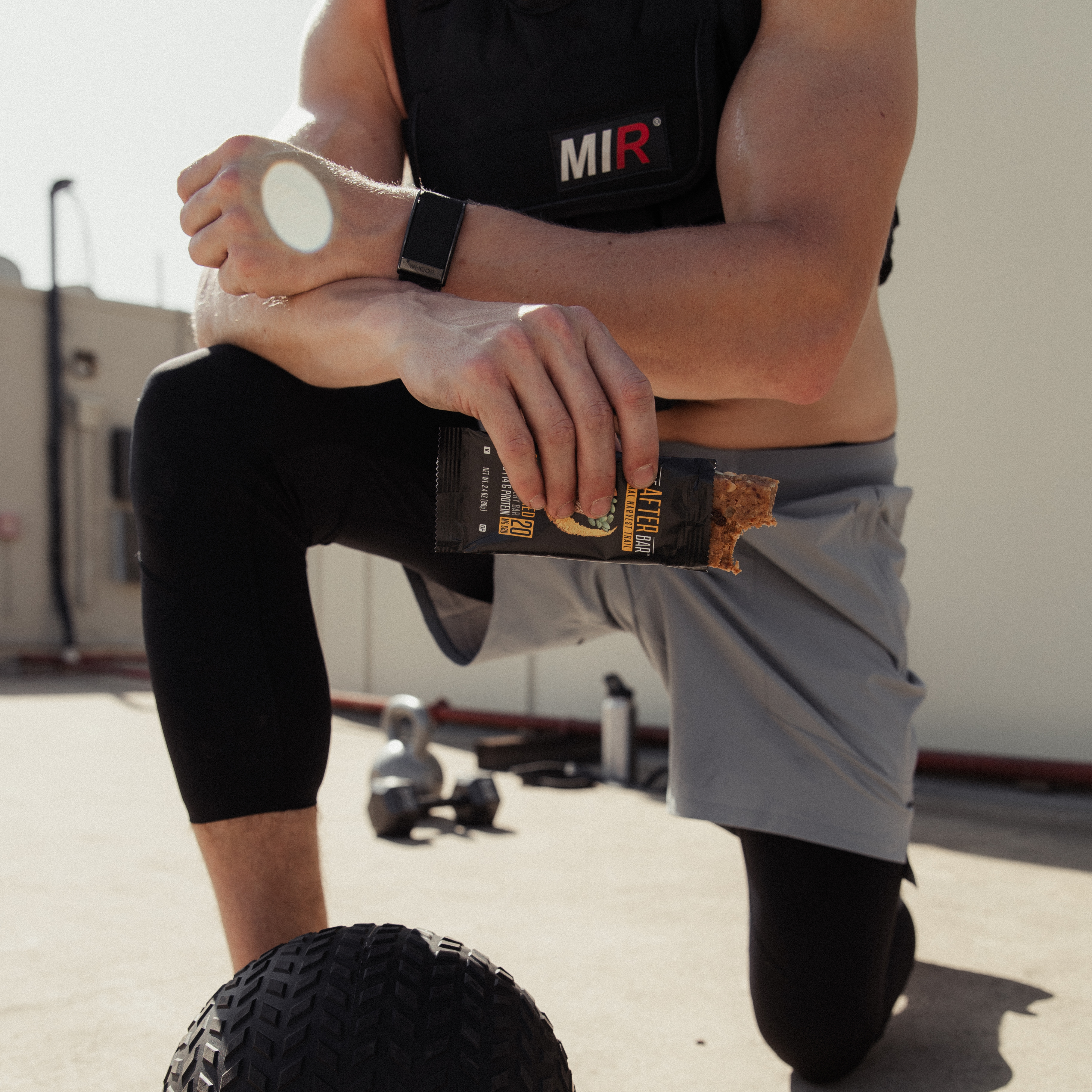

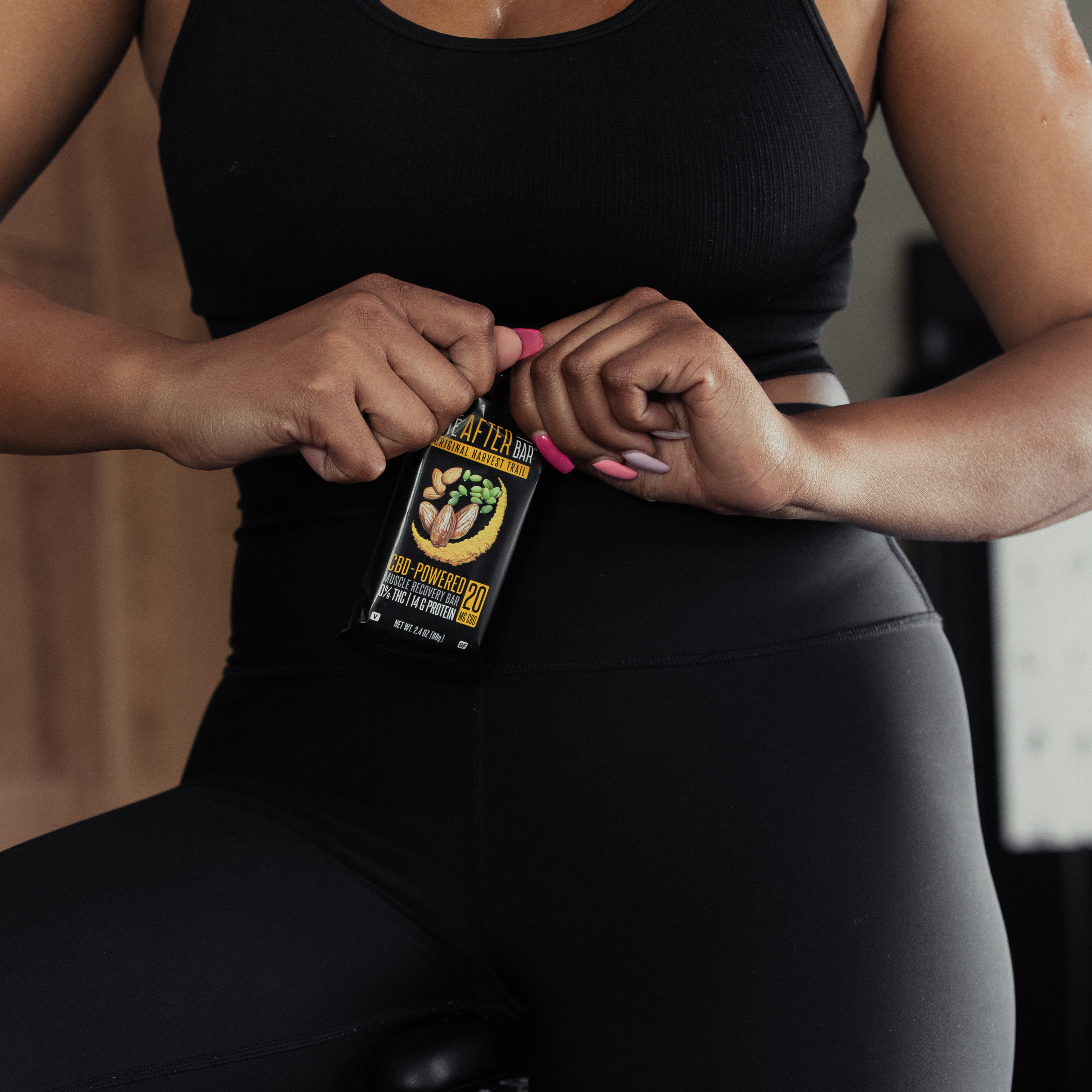

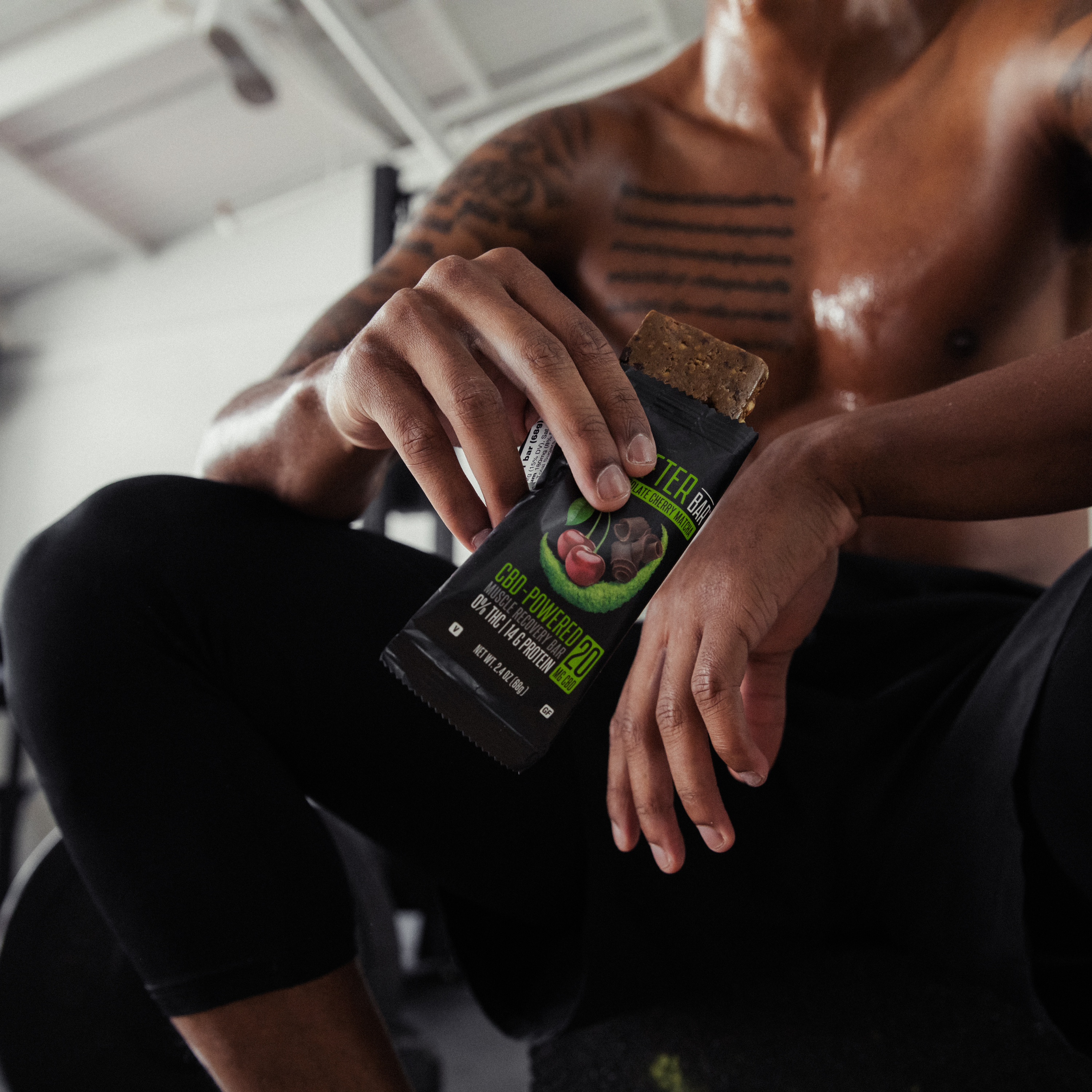


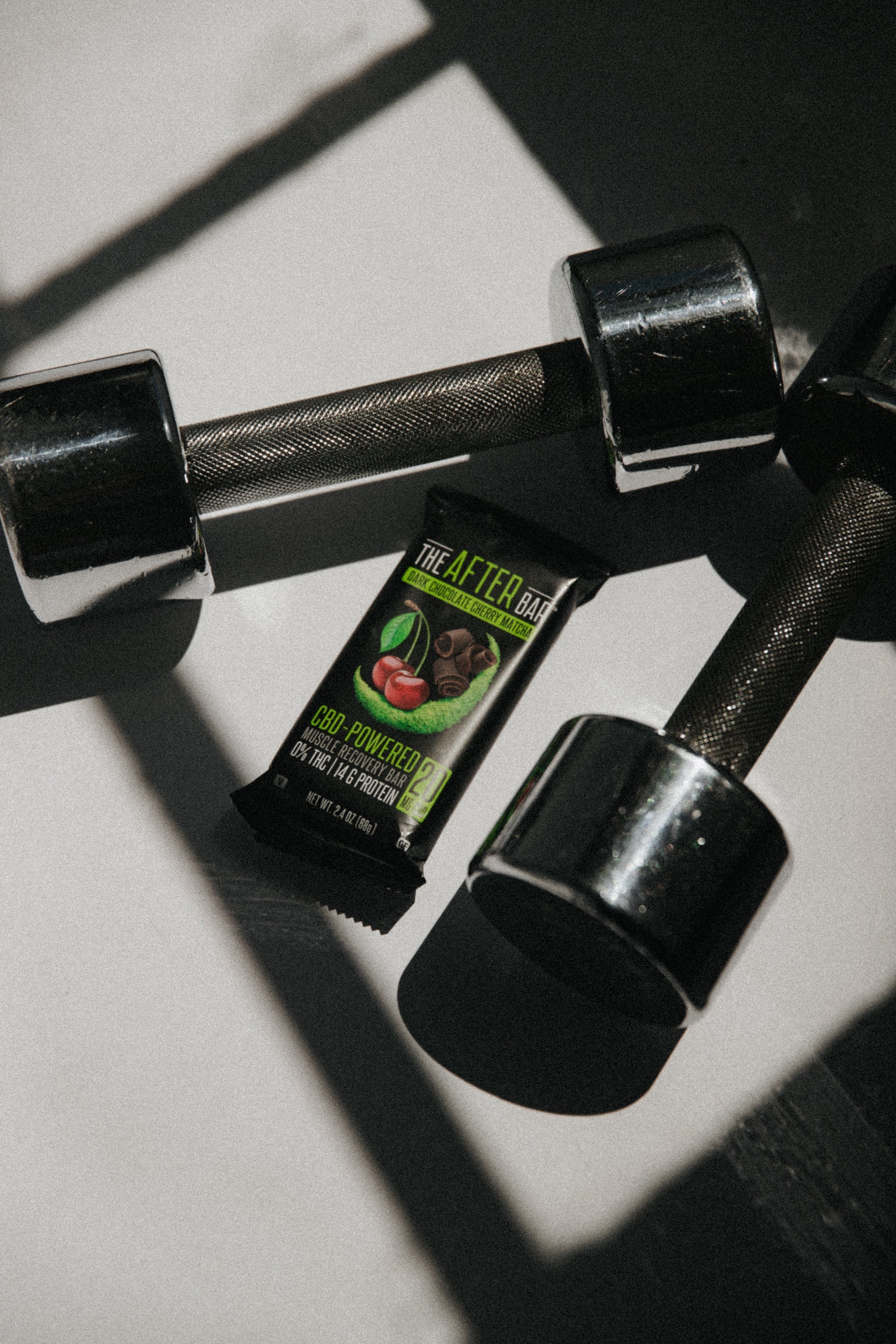
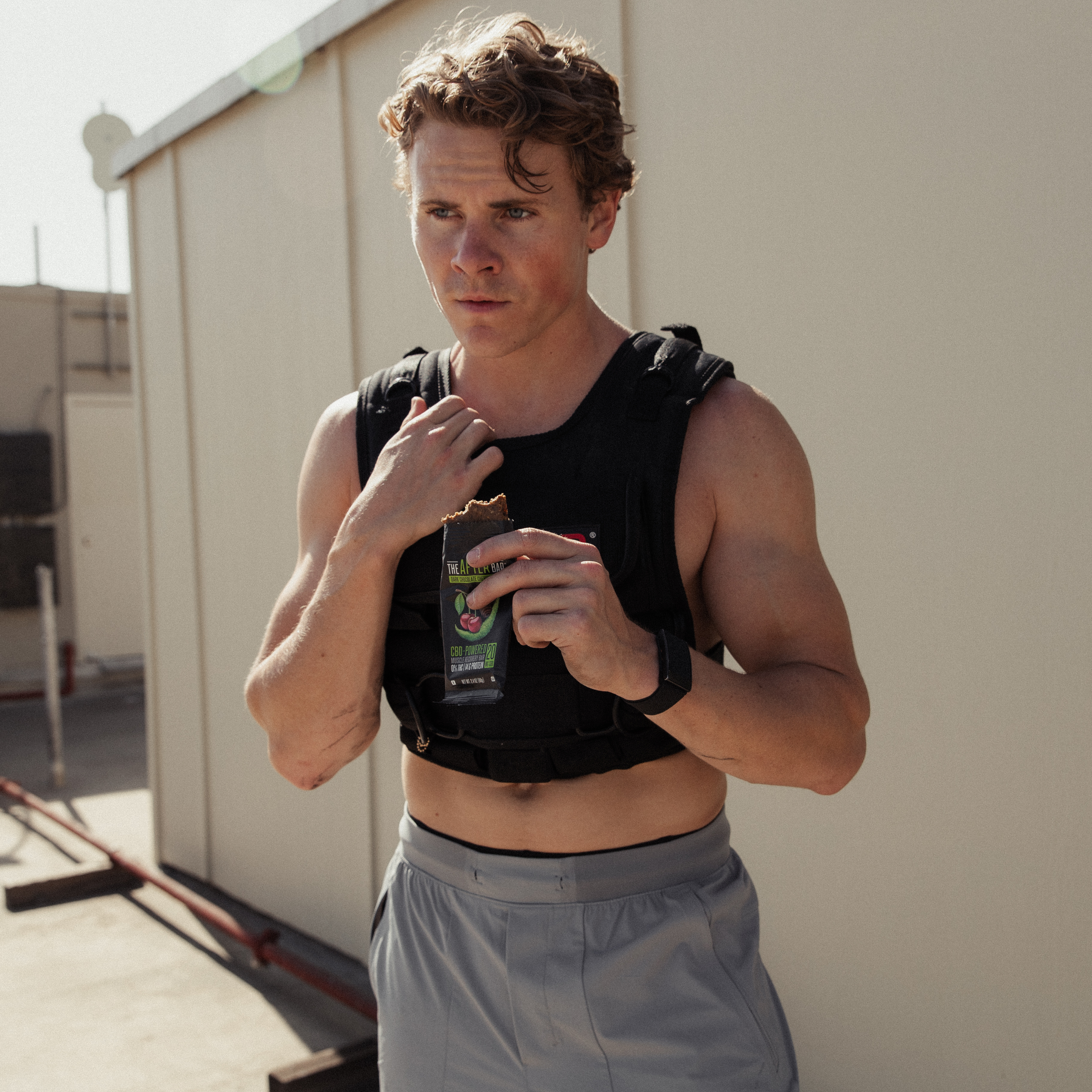

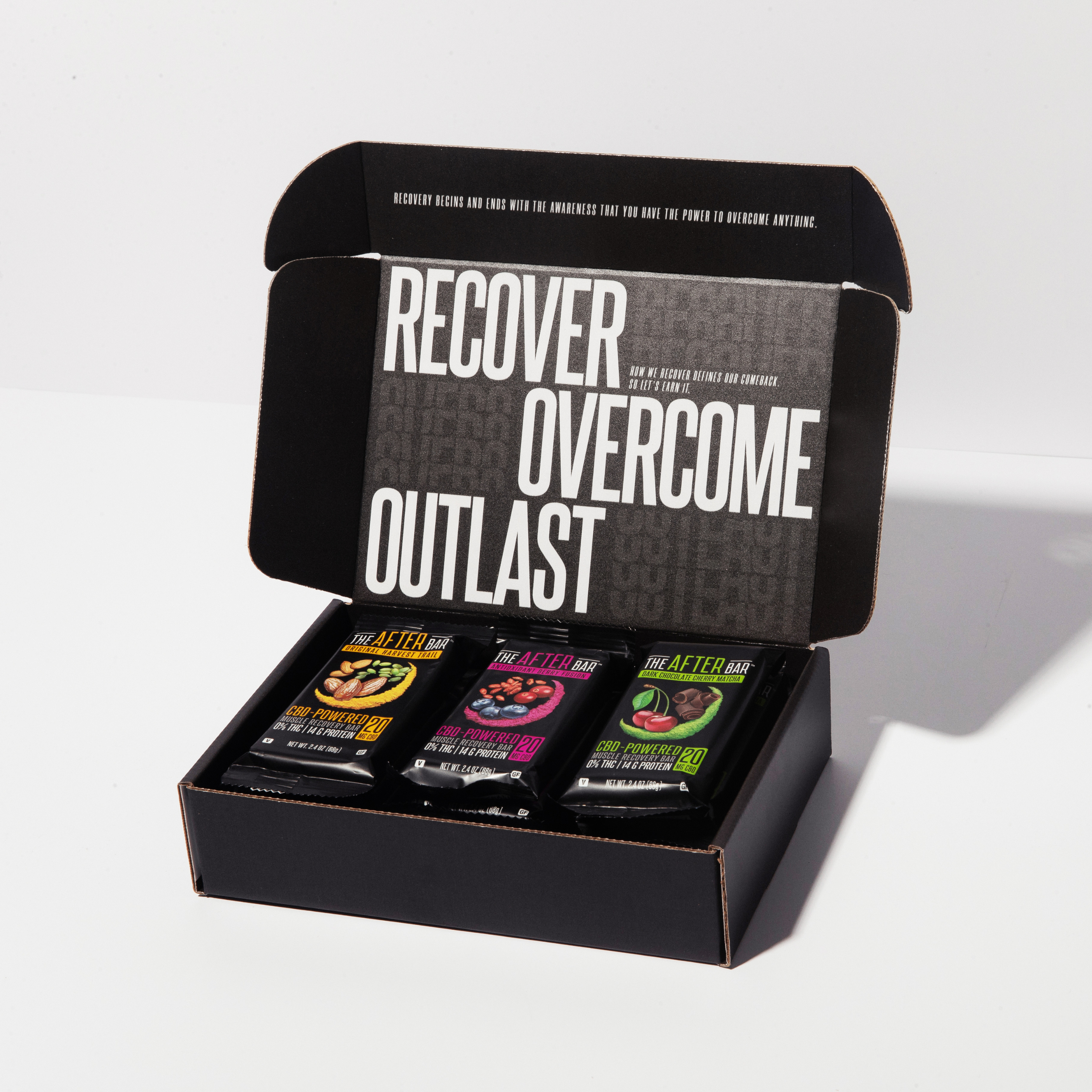
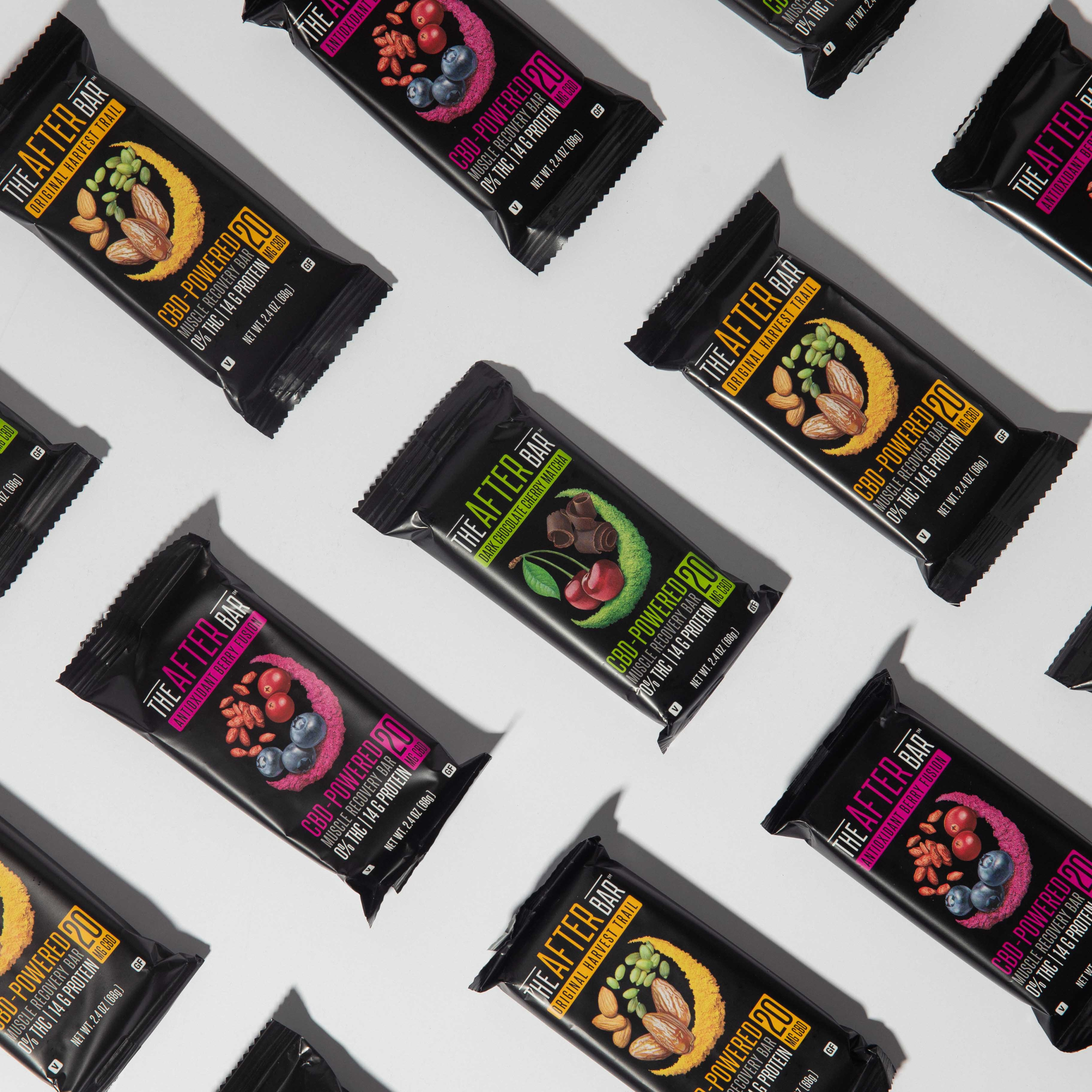

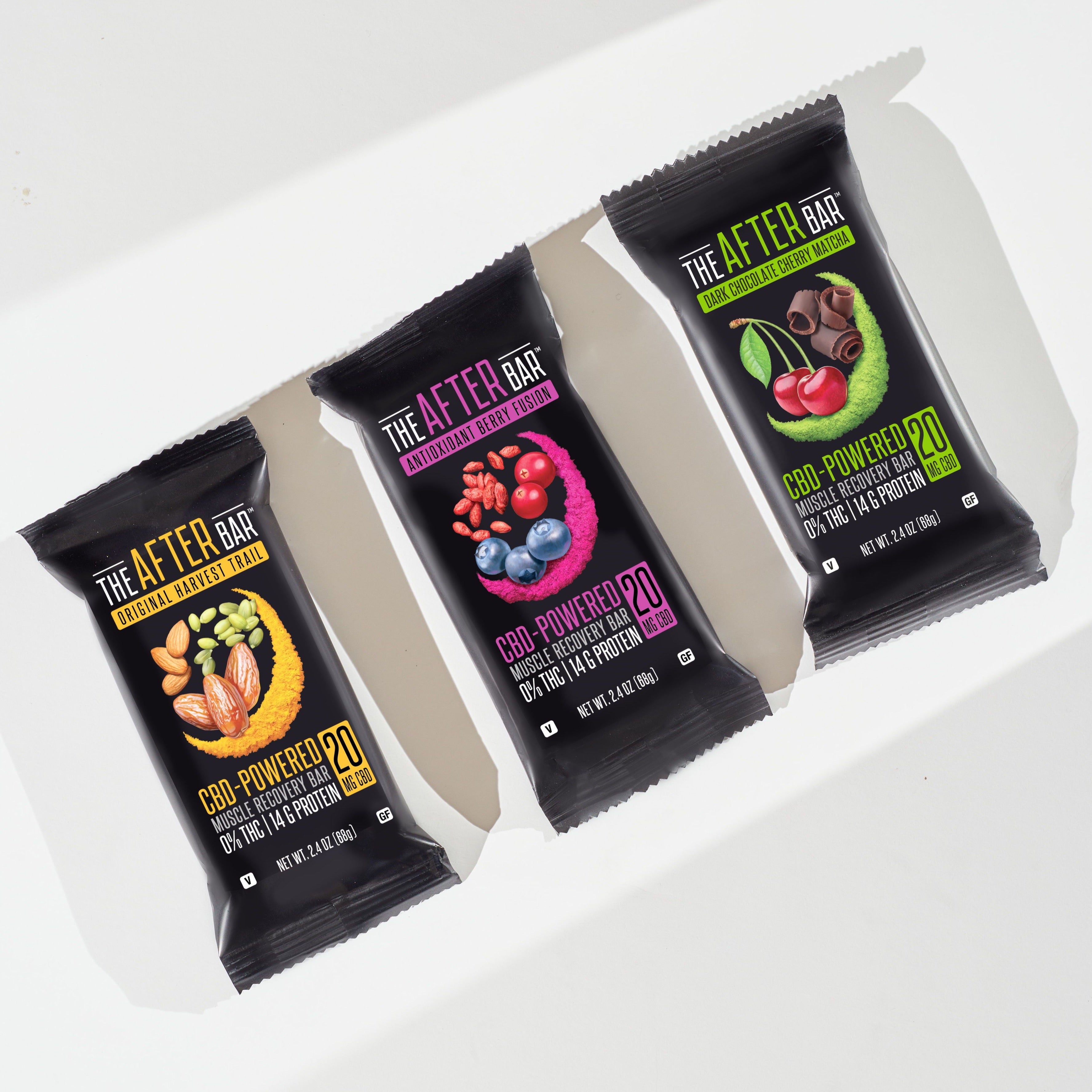
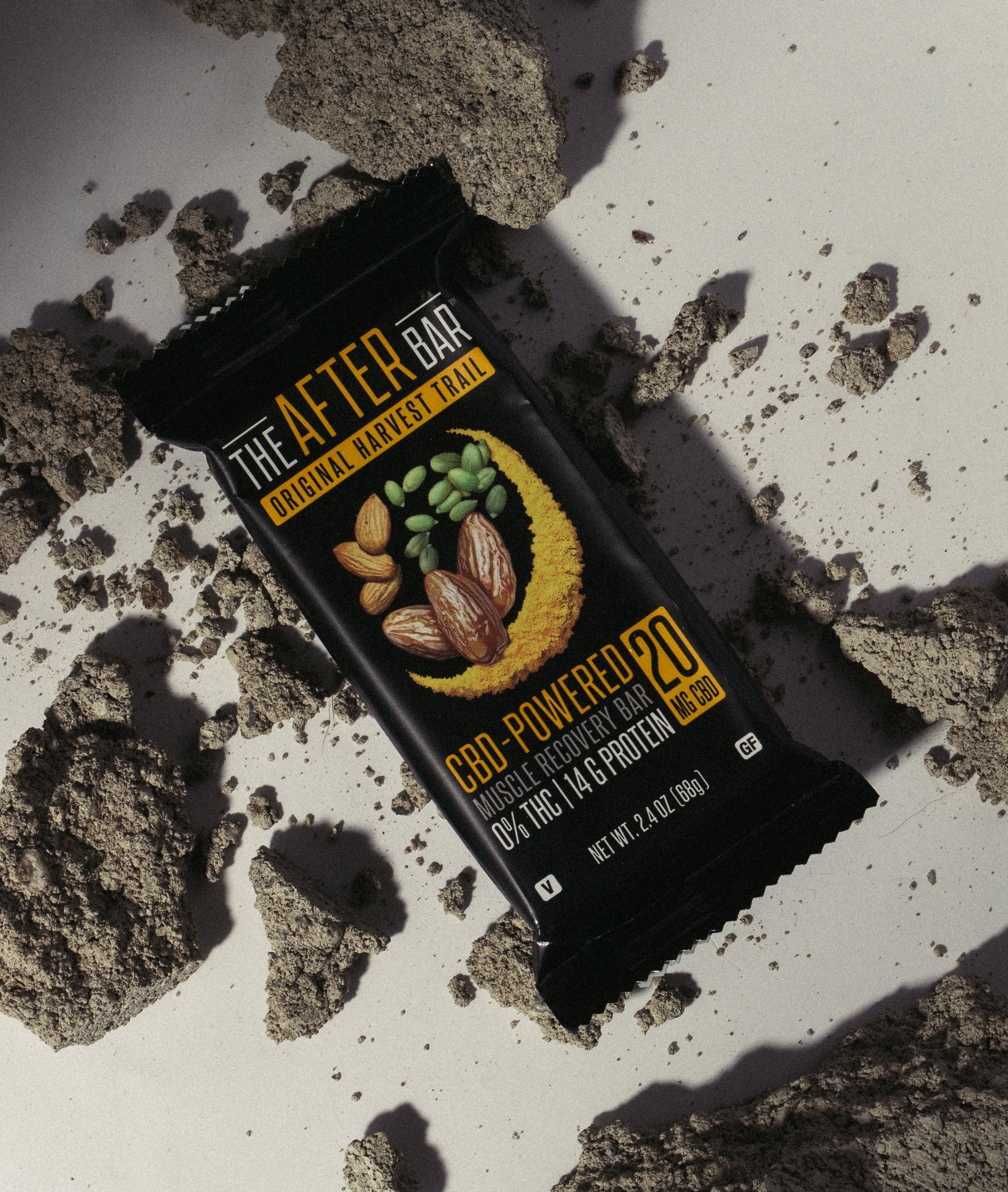
Leave a comment